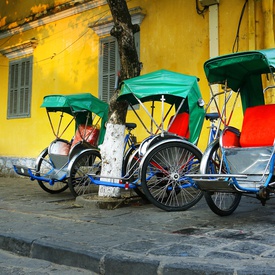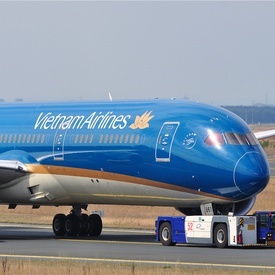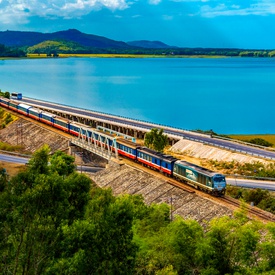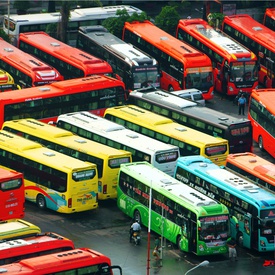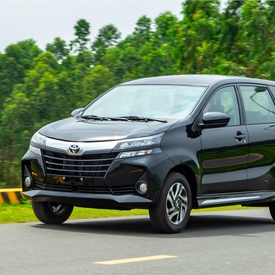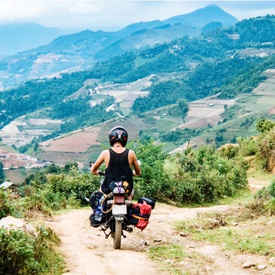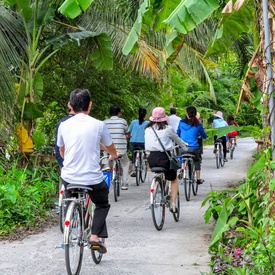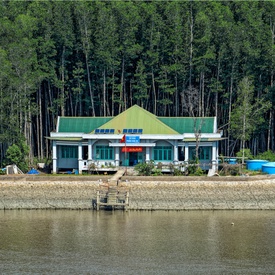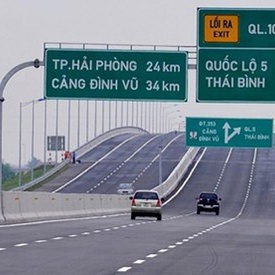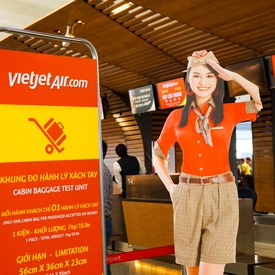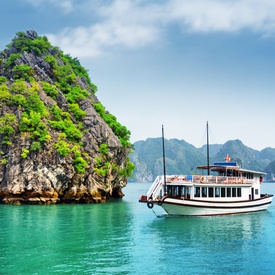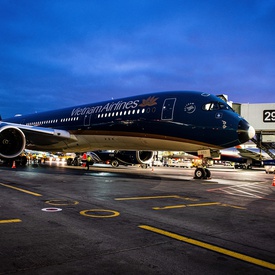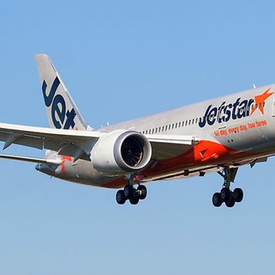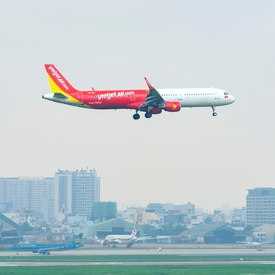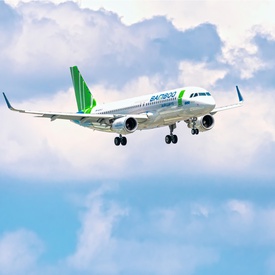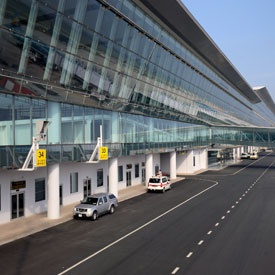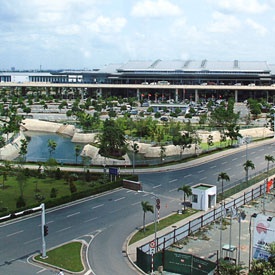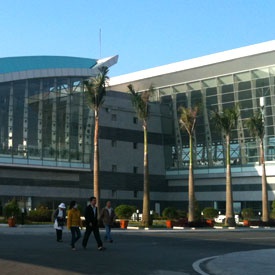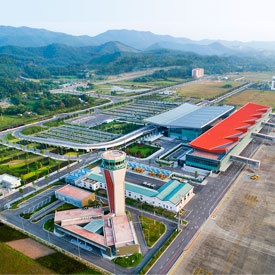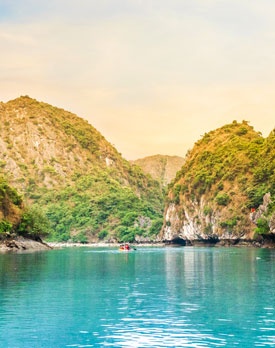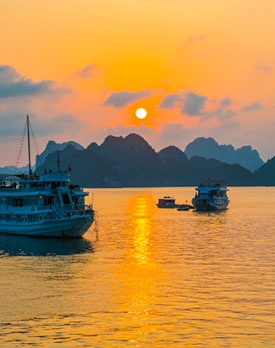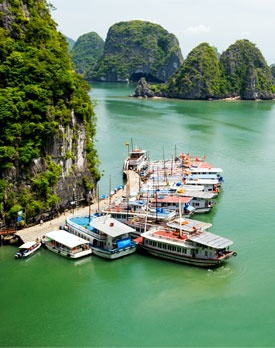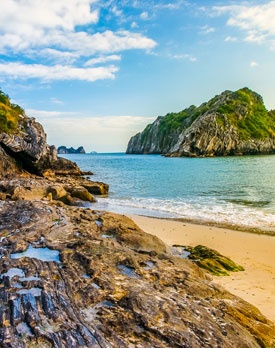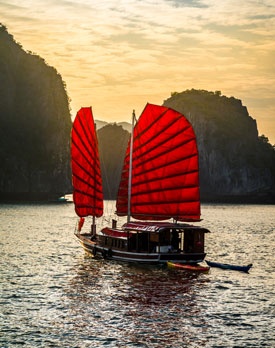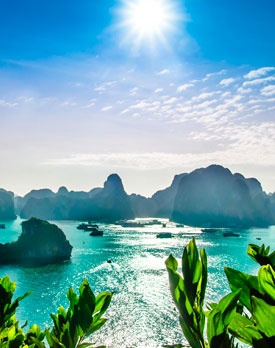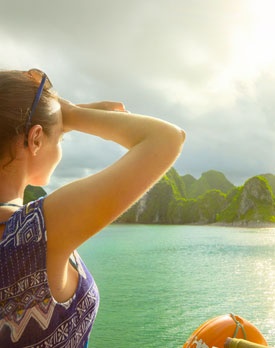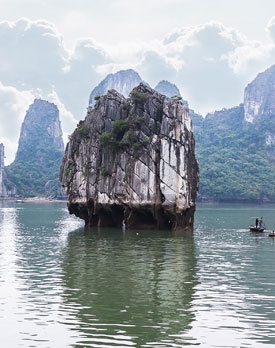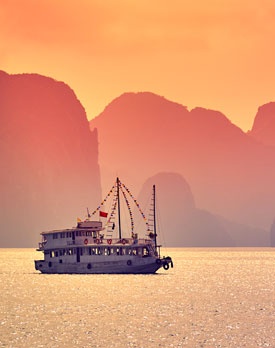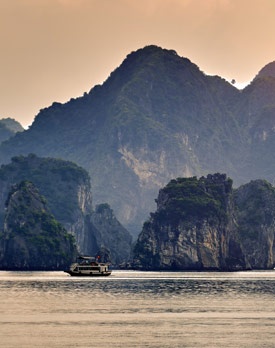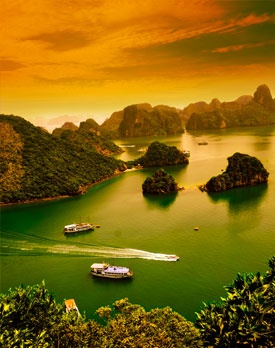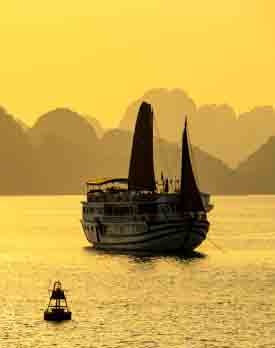TRANSPORTATION
Getting to and around Vietnam
2020 sees many changes in the way we travel from one country to another and within the country. Our freshly updated guide will give you the latest insights into getting into and around Vietnam, covering all topics from air, train, bus to cruise. Vietnam's S-shaped dimension and long coastal line mean many different ways can be used to explore the destination. You can take a combination of flights, train ride and bus; both public and private, to get a taste of different dynamics within the country. Browse our guide below for more, or if you have a question about transfer, feel free to contact us.
Beginner's Guide
A great deal of well-planned travel is to manage your day to day getting from point A to point B. With a few more hours reading and research, you can get the hang of the best way to move around Vietnam whether your vacation is just weekend-long or stretches over a month.
Airlines
Air travel in Vietnam has been more efficient, cost- and time- saving than ever before. The country is well served by a network of 22 airports, with maximum flight time around 2 hours. At the moment, there are 5 airlines that cover domestic route: Vietnam Airlines; Vietjet Air; Bamboo Air; Jetstar Pacific and VASCO - both of the latter a subsidiary of Vietnam Airlines.
Rail
Once the main mode of travel that connects different regions of Vietnam, rail trip is now seen as a favourite leisure activity for many locals and foreigners. The train system in Vietnam dates back to the mid-20th century and slowly improving in terms of speed and sleeper carriage. Nonetheless it offers a perfect way for sightseeing especially in the Central part of Vietnam.
Bus
A widely popular and inexpensive mode of travel, buses cover all provinces and cities of Vietnam. Though it may be difficult to get used to the local bus system, you may also take advantage of tourist bus which operates between travel destinations, with better conditions and less crowd.
Cars & Driving
Driving sounds tempting, especially in a country like Vietnam where you will crisscross the rice paddy fields, before being sided by white sand beach on the one hand and breathtaking mountain on the other. It may be difficult, however, to navigate the busy and chaotic streets of urban areas and North-South highways.
Motorbike
Vietnam is one of the few countries in the world where motorbike is still used so widely. Riding one is fun, but you must take into account the fact that people do not always follow the rules on the road. Learn all the basics of traveling by motorbike in Vietnam with our guide below, including how to rent a bike and the best routes for your bike trip.
Cycling & Trekking
Rugged paths, rocky mountains, dramatic coastlines, and rustic village roads in Vietnam offer foreign tourists great hiking and biking opportunities. Hikers and pleasure-seeking cyclists often take up their self-guided journeys during the dry season to capture the best scenery in good weather conditions. Whether you're an amateur or seasoned traveler, discovering a novel place on foot and two wheels require a lot of endurance and experience. Thus, compiling a list of useful tips and information before starting is a wise idea!
Border Crossing
With a network of 13 international border checkpoints, multiple provinces in Vietnam enable overland travel to/from neighboring countries namely China, Laos, and Cambodia. Make sure you have a valid passport and visa, unless you are exempted from one, before getting into Vietnam.
Highways & Expressways
Vietnam has an extensive highway and expressway system across the country. Those roads allow tourists to visit lesser-known destinations. While the highway system is accessible for all means of transportation, expressways or motorways are only used for fast-moving traffic of buses, cars, and trucks and often of better quality. To access expressways, drivers must pass the toll gate and pay toll fees. The rate is different depending on your types of vehicles.
How do I get there?
Planning a trip is mostly relevant to transportation options to the destinations and the way to explore them. Indeed, being knowledgeable enables you to travel in a cheap and effective manner. In this chapter, you'll get adequate information about public and private means of transportation to various prominent attractions both locally and internationally.
Cruise
Vietnam’s waterway tourism is booming. Embark on a cruise is the best option to approach inshore destinations such as Halong Bay and Mekong Delta. A voyage is always slower and gentler than other types of land transportation. More often than not it is the best way to experience a destination.
Domestic Airlines
Seasonal Guides
Getting there
Vietnam with brilliant landscapes and friendly people are much closers than you may think. Wake up in a place where something new awaits you.



